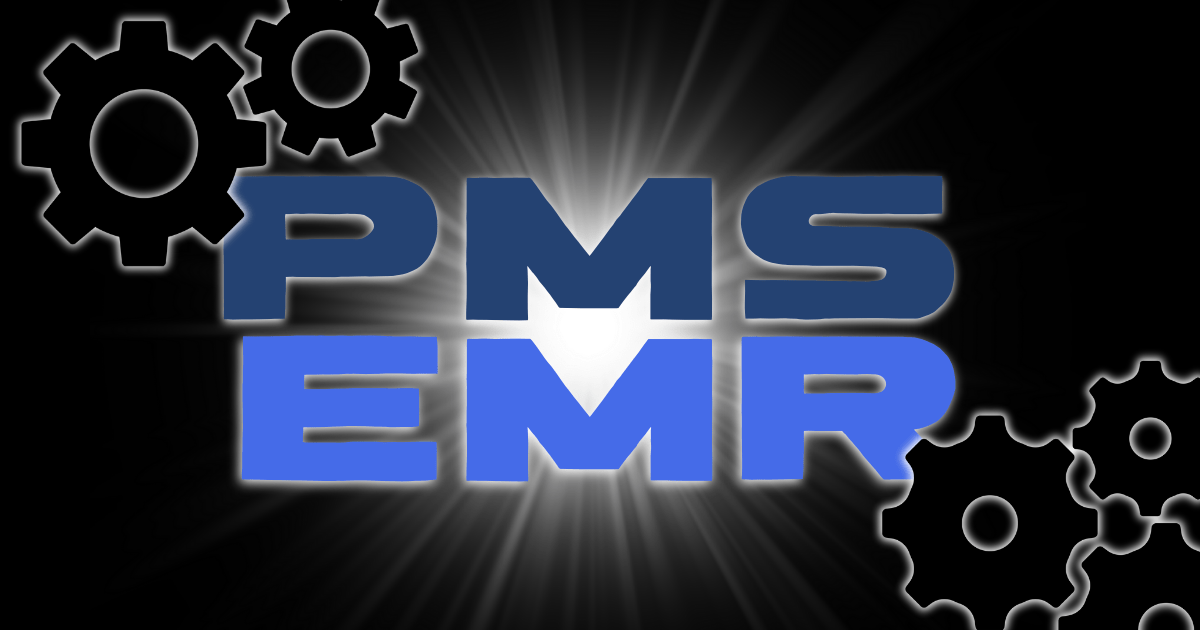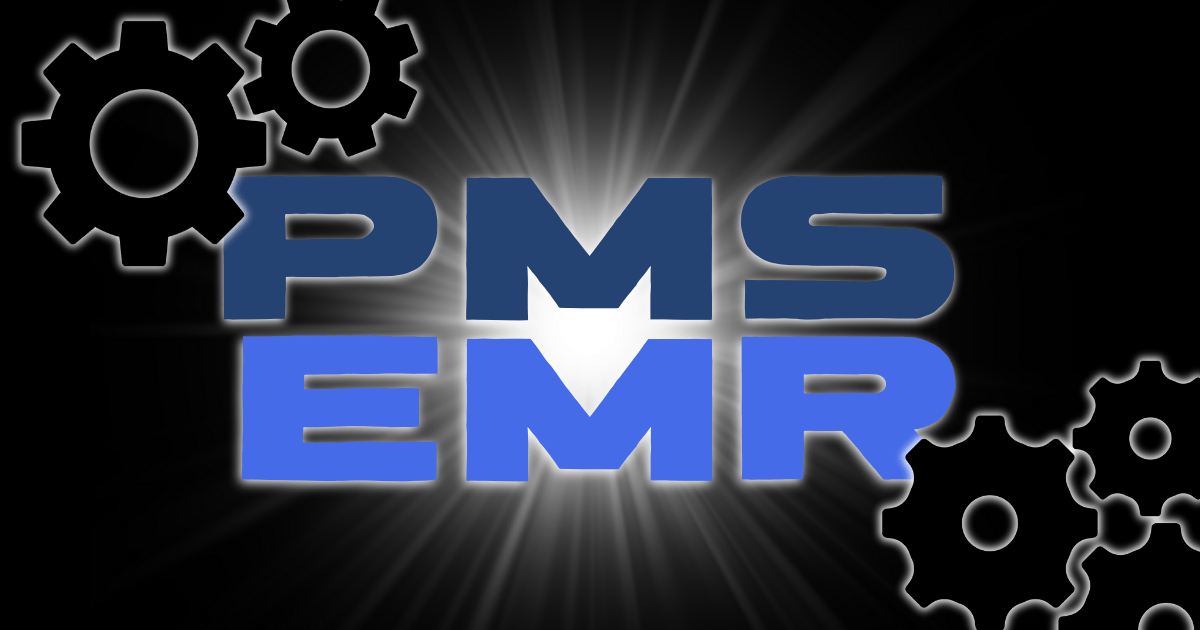Utah Recognizes Physical Therapists as Primary Care Providers
Utah has officially made history by becoming the first state in the U.S. to formally recognize physical therapists as primary care providers for neuromusculoskeletal conditions. With the passage of this groundbreaking legislation, physical therapists in Utah are now empowered to provide care as the first point of contact for patients suffering from conditions affecting the muscles, bones, and nervous system. This policy shift is a result of persistent advocacy efforts led by APTA Utah and marks a transformative moment in healthcare delivery.
What the New Law Means
Traditionally, patients needed a referral from a physician to receive physical therapy services under insurance. While direct access laws have existed in various forms across all 50 states, Utah’s legislation goes further by giving PTs official designation as primary care providers”within their defined scope of practice. Specifically, this applies to the evaluation, diagnosis, and management of neuromusculoskeletal disorders.
This policy change removes barriers to care, allowing physical therapists to function more autonomously, triage patients effectively, and deliver timely interventions without administrative delays. For patients, this translates into faster recovery, reduced costs, and streamlined care. It also carries significant implications for physical therapy reimbursement under various insurance plans.

A Win for Patients and Providers
One of the most immediate impacts of this change is improved access to care. Musculoskeletal disorders such as low back pain, neck pain, and joint dysfunctions are among the most common reasons individuals seek medical attention. Empowering PTs to act as the initial point of contact for these conditions helps alleviate pressure on primary care physicians and emergency departments.
Patients will benefit from:
-
- Utilize their full training and licensure
- Manage patients more efficiently
- Increase their value within interdisciplinary care teams
Why Utah?
Utah has long been a state that prioritizes innovation in healthcare. With a robust population of physical therapists and a legislative environment open to scope of practice reform, Utah was well-positioned to become the first state to enact such a policy.
APTA Utah played a pivotal role in securing this legislative win. The organization engaged in sustained lobbying efforts, met with lawmakers, and provided educational materials demonstrating the clinical and economic value of direct PT access. This collaboration between the profession and policymakers exemplifies what’s possible when advocacy is rooted in evidence and public need.
The Scope of Primary Care for PTs
It is important to note that this primary care designation does not mean PTs are now responsible for general medical care. Instead, they are recognized as primary care providers specifically for patients with neuromusculoskeletal issues.
This includes:
-
- Conducting comprehensive evaluations
- Ordering and interpreting appropriate diagnostic imaging (where allowed)
- Developing and implementing treatment plans
- Referring patients to other providers when conditions fall outside their scope
This model mirrors how primary care physicians manage care, with the key distinction that PTs focus specifically on the neuromusculoskeletal system.
Safeguards and Collaboration
As with any scope expansion, ensuring patient safety remains paramount. The legislation includes safeguards requiring PTs to refer patients to appropriate medical providers when symptoms indicate a non-musculoskeletal cause or if red flags arise during examination.
Furthermore, the policy encourages collaborative care. Physical therapists will continue to work closely with physicians, nurse practitioners, and specialists to ensure patients receive comprehensive care.
Comparisons with Other States
While Utah is the first state to take this step, the trend is likely to spread. Many states already allow direct access to PT services for a certain number of visits or days without a referral. However, these laws often come with limitations, such as requiring prior physician evaluation for complex cases or restricting billing rights.
Utah’s legislation goes a step further by explicitly defining PTs as primary care providers within a specific clinical domain. This provides clarity for insurers, licensing boards, and patients, and it may serve as a blueprint for similar laws in other jurisdictions.
Reimbursement and Billing Implications
A crucial question for many therapy professionals is: How does Utah PT primary care affect reimbursement? One of the most significant implications of designating PTs as primary care providers is the potential impact on physical therapy reimbursement structures.
Insurers will now need to adapt their policies to recognize PTs as primary care providers for eligible conditions. Navigating changes in physical therapy reimbursement will be vital for clinics.
This change may influence:
-
- Reimbursement rates and coverage policies
- Direct billing for evaluations and plan of care without physician signature
- Inclusion of PTs in value-based care models
The onus will be on both providers and payers to navigate this transition in a way that maintains compliance while ensuring patient care remains uninterrupted and fair physical therapy reimbursement is achieved.

Implications for Education and Training
As PTs take on more autonomous roles, academic programs and continuing education providers will need to evolve accordingly. Training must increasingly focus on differential diagnosis, clinical reasoning, and primary care principles.
This shift may include:
-
- Expanded coursework in medical screening and pharmacology
- Increased clinical residencies focused on first-contact care
- Training on interprofessional communication and care coordination
By investing in these areas, the profession can ensure that PTs are fully prepared for their expanding roles as primary care providers in their specific domain.
A Role for Technology and EMR Integration
Managing increased autonomy also means managing more clinical data and ensuring compliance with state and federal guidelines, including those related to physical therapy reimbursement. Here is where advanced EMR platforms like HelloNote play a critical role.
HelloNote provides physical therapy clinics with a comprehensive platform that supports the entire care continuum, from initial intake through discharge. As PTs in Utah and potentially other states step into primary care roles, HelloNote can facilitate:
-
- Seamless documentation of evaluations and functional assessments
- Integration of diagnostic tools and outcome measures
- Compliance with Medicare and payer-specific billing requirements
- Secure communication with referring providers and care teams
This level of integration not only supports regulatory compliance but also enhances patient outcomes by ensuring continuity and accuracy in care.
What Comes Next
Utah’s legislation is a watershed moment for physical therapy, but the journey is far from over. Implementation will require coordination between regulatory bodies, payers, providers, and educational institutions. Ongoing research and data collection will be necessary to measure the impact of this policy on access, costs, outcomes, and physical therapy reimbursement models.
Physical therapists across the country should view this development as an invitation to engage more deeply in advocacy (following the example set by APTA Utah), professional development, and interprofessional collaboration
Conclusion
Utah’s recognition of physical therapists as primary care providers for neuromusculoskeletal conditions sets a new standard for the profession. This bold step affirms the critical role of PTs in managing musculoskeletal health, increases access to care, and lays the groundwork for similar reforms nationwide. Successfully navigating the changes, particularly around physical therapy reimbursement, will be key.
With the right tools, training, and collaboration, physical therapists are well-positioned to meet the evolving needs of the healthcare system, and platforms like HelloNote will be essential partners in supporting this expanded scope of care.































